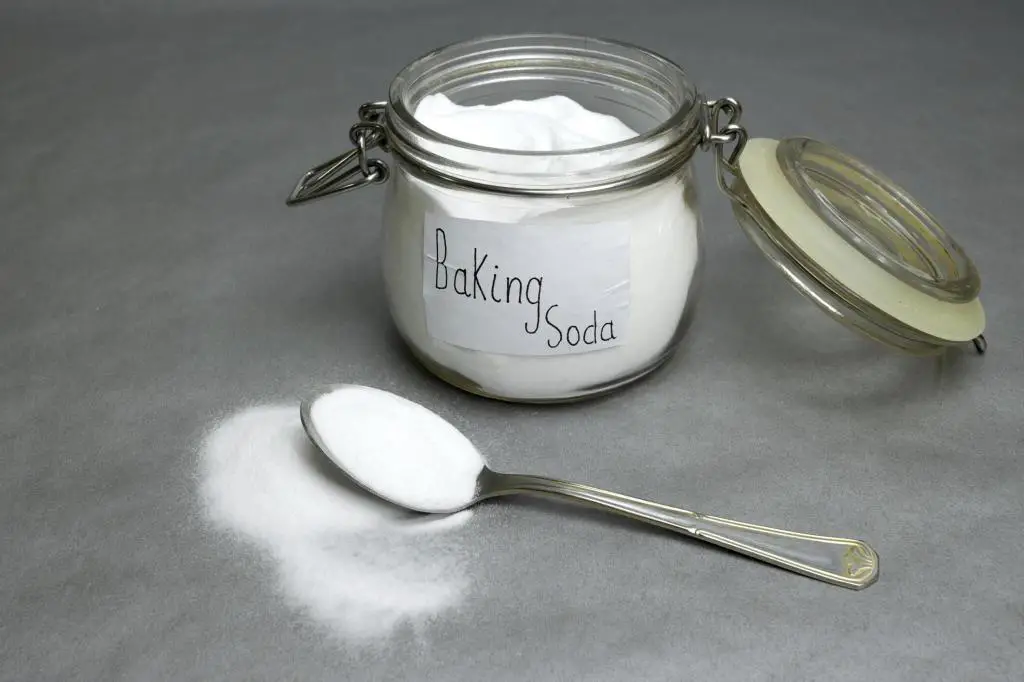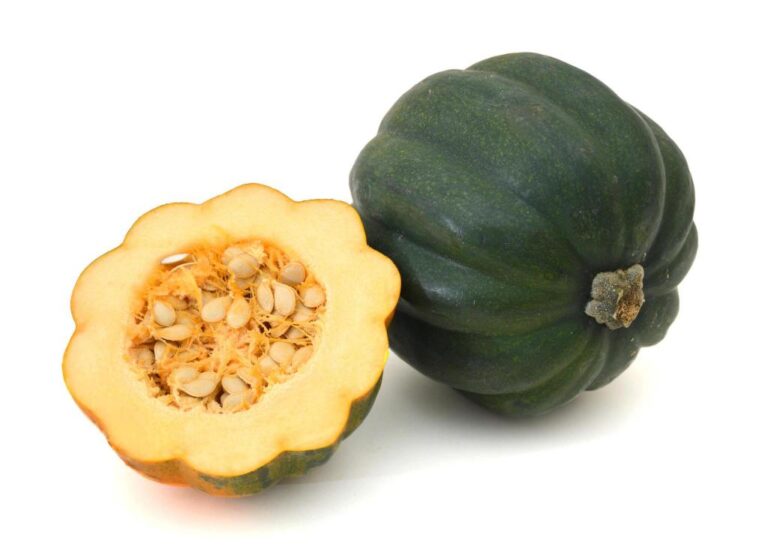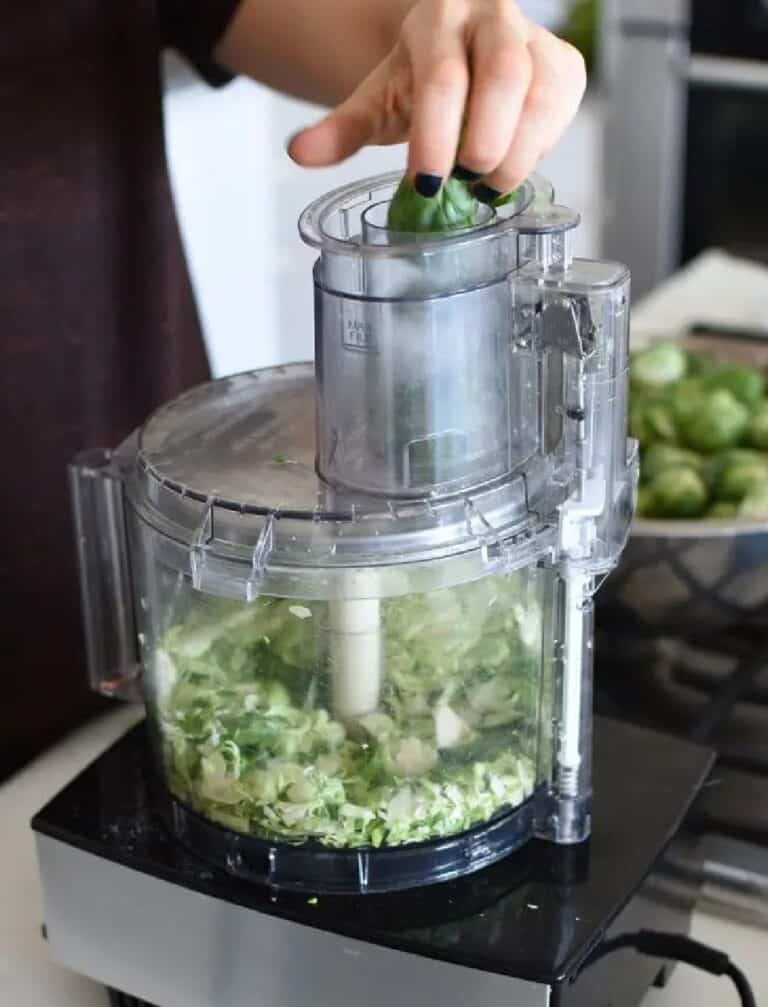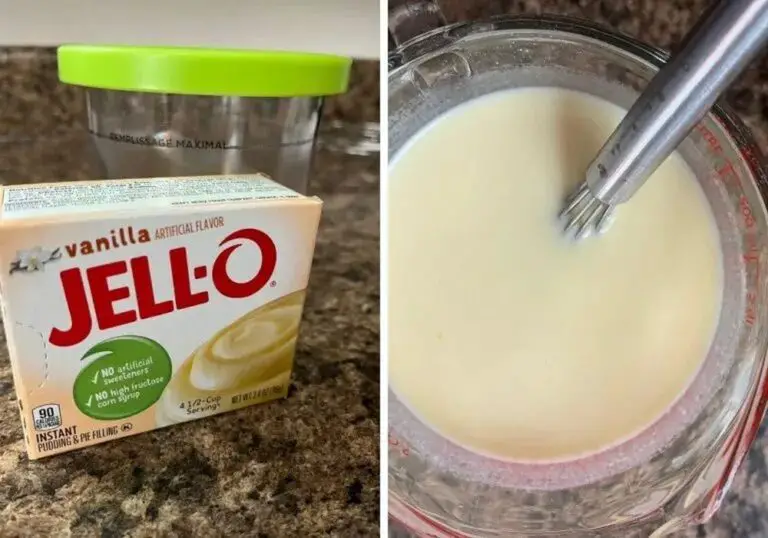How to Reduce Acidity in Chili: Does Baking Soda Reduce Spiciness?

Chili, with its fiery flavors and rich textures, has gained a devoted following worldwide. Chili dishes tantalize our taste buds. They bring a satisfying warmth to our meals. The recipes come from classic traditions and innovative creations that push spice boundaries.
However, for some individuals, the intense acidity and spiciness of chili can present challenges to their enjoyment.
Acidity adds depth and brightness to many culinary delights. However, excessive levels of chili may cause discomfort for those with sensitive stomachs or acid reflux. Additionally, the searing heat from spicy chilies can overwhelm even the bravest heat-seekers among us. As such, it’s no wonder that many home cooks and cooking enthusiasts seek ways to reduce these elements without compromising on flavor.
In this article, we’ll examine an age-old technique that cooks all over the world use: adding baking soda to chili recipes. Join us as we explore whether baking soda can reduce acidity in your favorite homemade chili dishes. We’ll also see if it tames their notorious spiciness.
Understanding Acidity in Chili
When it comes to food, acidity refers to the presence of acidic compounds that give it a tart or sour taste. In the case of chili dishes, acidity typically comes from ingredients like tomatoes, vinegar, citrus juices, and certain spices. These acids not only give chili its distinctive flavor but also play a crucial role in preserving it.
Have you ever wondered why some chilis tend to have higher acid levels than others? Well, it’s all about the ingredients used in the recipe. For instance, tomatoes are considered highly acidic fruits. This is due to their naturally occurring citric and malic acids. If your chili includes a lot of tomato-based products, such as canned tomatoes or tomato paste, it will generally be more acidic.
In addition to tomatoes, other factors can contribute to higher acid levels in chili. The use of vinegar for tanginess or citrus juices for added freshness can elevate the overall acidity as well. Furthermore, certain types of spicy peppers can also add acidity. This is due to their high capsacin content, which is responsible for both heat and a slight tangy taste.
Now that we’ve explored what acidity means when it comes to food and why some chilis tend towards higher acid levels, let’s delve into how baking soda can help reduce this acidity without compromising on flavor or spiciness.
Baking Soda’s Impact on Acidity

When it comes to reducing acidity in chili, baking soda can be a game-changer. This pantry staple has the ability to neutralize acids by raising the pH levels of food. In simpler terms, adding baking soda to your chili can help balance out its tanginess and make it milder on the palate.
The science behind this lies in baking soda’s alkaline properties. Baking soda reacts with acidic ingredients, like tomatoes or vinegar, commonly found in chili recipes. It releases carbon dioxide gas. This reaction causes bubbles and foaming, which helps reduce the overall acidity of the dish.
While using baking soda can be an effective way to tame acidity, it is vital not to overdo it. Adding too much baking soda may result in an unpleasant taste due to its sodium content. Excessive amounts may weaken other flavors in your chili recipe. They can also leave a soapy aftertaste that detracts from the overall dining experience.
| Related: What if I Add Too Much Baking Soda to My Tomato Soup? |
Reducing Spiciness With Baking Soda: Separating Fact From Fiction
When it comes to reducing the heat in chili, home cooks have been known to try a variety of tricks and tips. One popular belief is that adding baking soda can help tame the fire and make the dish more palatable for those who prefer milder flavors. But does this secret ingredient really work its magic on spiciness? Let’s explore.
Contrary to common belief, baking soda does not directly reduce the spiciness of chili. The compound sodium bicarbonate is found in baking soda. It is alkaline and can neutralize acid. However, capsaicin, the chemical responsible for the burning sensation in chili, is not an acid but an oil-based compound.
Thus, using a small amount of baking soda won’t magically turn down the spice levels in your pot of fiery red goodness. However, there might still be some indirect ways in which using baking soda could provide relief from too much heat.
| Also see: Is Spicy Food Good for Cold and Cough? |
How to Reduce Acidity in Chili Dish: Best Practices
When using baking soda to reduce acidity in chili dishes, it’s important to follow a few best practices. Firstly, start by adding a small amount of baking soda and gradually increase until the desired reduction is achieved. It’s advisable to begin with 1/4 teaspoon per quart of chili and adjust accordingly.
To incorporate baking soda into your recipe without altering the flavor too much, dissolve it in water before adding it to your chili. This will help distribute the baking soda evenly throughout the dish. Simply mix 1/4 teaspoon of baking soda with 2 tablespoons of water and stir until dissolved.
Once dissolved, slowly pour this mixture into your simmering chili while stirring continuously. Be cautious not to add too much at once, as it may cause an unpleasant aftertaste or alter the texture of the dish. Remember that each batch of chili differs, so taste as you go along and make adjustments as needed.
Impacts of Baking Soda on Taste and Flavor
While using baking soda can effectively reduce acidity in chili dishes, there might be some changes in taste and flavor profiles. The addition of baking soda can slightly alter the overall taste by making it bitter if added excessively or unevenly within the dish.
These alterations are usually minimal when following the proper techniques mentioned earlier. However, personal preferences for flavors in their dishes vary greatly among individuals. Some people may appreciate milder flavors, while others enjoy more robust tastes.
Before making significant alterations, experiment with smaller batches of chili recipes using any ingredient, including baking soda. This ensures the flavors meet your expectations.
Tips for Other Methods than Using Baking Soda
If you prefer alternative methods for reducing acidity or spiciness other than using baking soda, fear not! There are various other techniques you can try.
1. Dairy Products
The addition of dairy products such as sour cream or yogurt helps counteract spiciness while also adding a creamy element to your dish.
2. Sugar
Sugar can also be added to balance out the acidity without altering the overall flavor profile.
3. Lime or Lemon Juice
Adding a small amount of lime or lemon juice can help neutralize the acidity of chili while adding a refreshing citrus note.
4. Beans
Kidney beans, black beans, or pinto beans not only complement the texture but also contribute to lowering acidity levels.
5. Sweet Potatoes
Sweet potatoes are naturally sweet and alkaline. This makes them an excellent choice for mellowing acidity.
6. Root Vegetables
Carrots and parsnips add depth and help balance acidity, enhancing the overall flavor profile.
7. Spice Selection
While chili is renowned for its heat, choosing the right spices can enhance flavor while minimizing acidity. Experiment with:
- Cumin: Known for its warm, earthy tones, cumin can add depth to your chili without contributing to acidity.
- Coriander: This citrusy spice provides a fresh note, balancing the overall taste.
Remember that taste is subjective, so feel free to experiment and find what works best for you.
Cooking Techniques to Reduce Acidity in Chili
Reducing acidity in your chili doesn’t mean sacrificing flavor. Consider these techniques as your secret weapons in the battle against overly tangy dishes.
Slow-Cooking
Engage in the slow-cooking symphony to develop flavors while gradually taming acidity. Low and slow allow ingredients to meld, resulting in a chili that’s both nuanced and well-balanced.
Simmering
Furthermore, simmer your chili for an extended period before serving. This will allow flavors to meld and mellow out any excess spiciness or acidity.
Low-Acidity Chili Recipes Ideas
Are you ready to put your knowledge into practice? Here are two low-acidity chili recipes to get you started:
1. Hearty Alkaline Chili
Ingredients:
- Ground beef
- Kidney beans
- Bell peppers
- Crushed tomatoes
- Baking soda
Instructions:
- Brown the ground beef.
- Add kidney beans, bell peppers, and crushed tomatoes.
- Sprinkle a pinch of baking soda to neutralize acidity.
- Simmer on low heat for an hour, allowing flavors to meld.
2. Creamy Coconut Delight
Ingredients:
- Chicken
- Chickpeas
- Coconut milk
- Curry powder
- Honey
Instructions:
- Cook chicken and chickpeas together.
- Pour in coconut milk, adding a hint of curry powder.
- Sweeten with a touch of honey for a perfect balance.
- Let it simmer until flavors harmonize.
Conclusion
In conclusion, using baking soda can indeed help reduce acidity levels in chili dishes. Adding a small amount of baking soda to the dish while cooking or during the process of simmering effectively neutralizes some of the acidic components. This not only makes your chili less tangy and easier on the taste buds but also helps improve its overall flavor profile.
However, it is important to note that, while baking soda can help reduce acidity in chili dishes, it may not have a significant impact on reducing spiciness. The primary role of baking soda is to counteract acid rather than diminish heat. So, if you’re trying to reduce the spiciness in your chili dishes, other methods are more effective. Add dairy products, like sour cream or cheese.
Incorporating baking soda into your chili recipes can be a game-changer. It’s for those who prefer milder flavors and want to enjoy a delicious bowl without too much acidity. Remember, though: moderation is key!
Adding too much baking soda may give an undesirable aftertaste and affect the texture of your chili negatively. Start with small amounts and adjust accordingly until you reach the desired balance between sweetness and acidity in your dish.
By following these best practices and exploring alternative techniques, you can easily reduce the acidity levels in your chili dishes. You can do this without compromising on flavor. Whether it’s using baking soda or other methods, there are plenty of ways to enjoy a less acidic yet still flavorful bowl of chili. So go ahead and make those adjustments according to your taste preferences—happy cooking!






